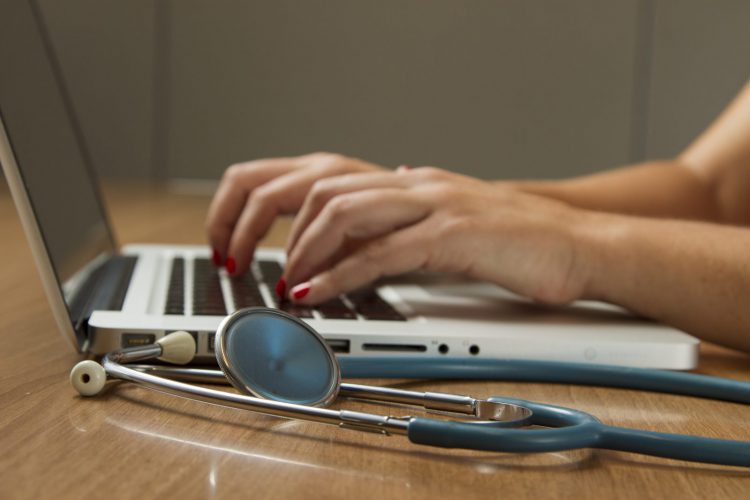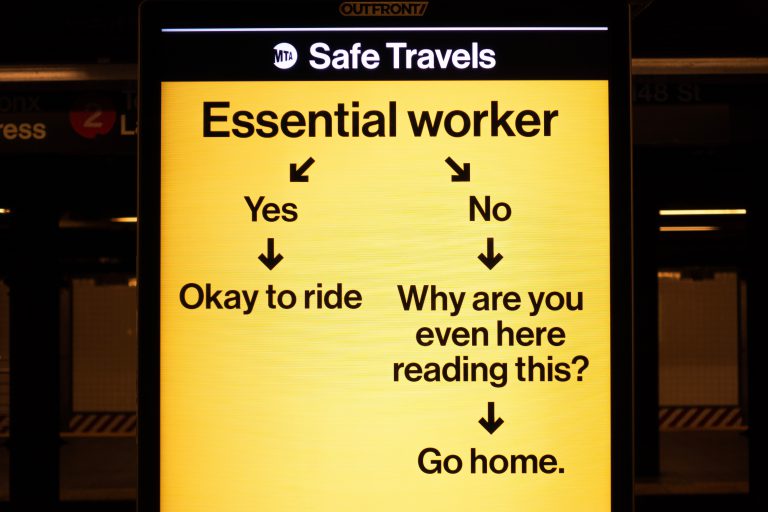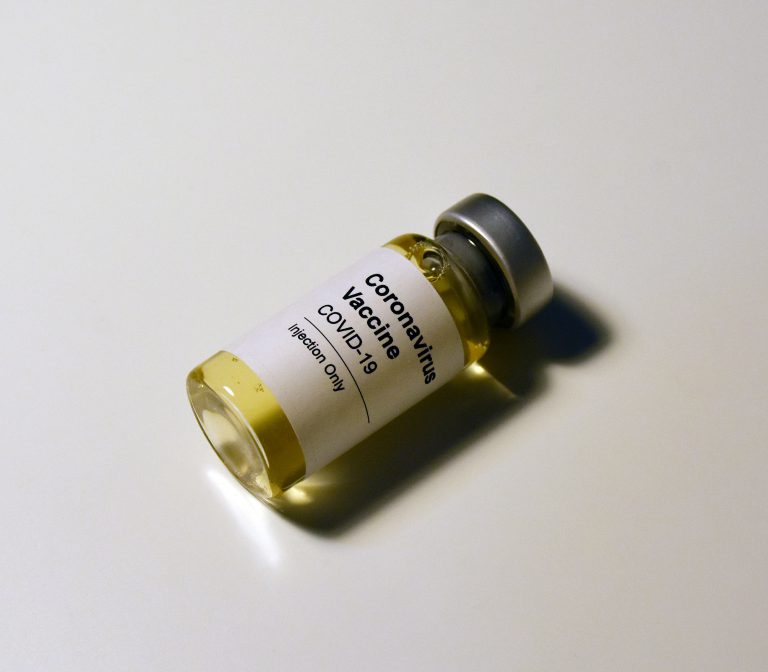The entire world is in constant watch of the spread of the rapidly widening coronavirus (COVID-19) epidemic, with healthcare industries quickly finding ways to slow down its deadly expansion. Seeing as it is a highly infectious virus, one way to help stem the transmission of the disease is to integrate travel history into routine medical records and checkups.
Allowing healthcare providers to analyze the full context of a patient’s symptoms – including information on the temperature, blood pressure, heart rate, and respiratory rate, creates more avenues for doctors to order protective measures. Not to mention, integrating the health records with computerized decision-making software makes it easier to draw specific diagnoses in recent travelers.
“The current outbreak is an opportune time to consider adding travel history to the routine,” says Dr. Tris Perl, chief of infectious diseases and geographic medicine at UT Southwestern Medical Center in Dallas.
How Integrating Travel History in Medical Records Can Help Slow the Spread of COVID-19
The need to include travel history in medical records is at an all-time high as new infectious respiratory diseases have been emerging left and right in recent decades. The culprit behind the widespread infection often leads to victims traveling and infecting one person to another, hence, travel history can make a significant impact in mitigating the transmission of the virus.
Severe Acute Respiratory Syndrome (SARS) and Middle East Respiratory Syndrome (MERS) are widespread diseases that were associated with traveling as one of the causes, so including travel history can help establish preventive measures.
This can help doctors, nurses, and other medical professionals to isolate patients and ensure that no other staff members or patients are exposed to the virus. It also encourages medical practices to always have access to gloves, masks, and gowns promptly. It may seem like a simple change, but wearing protective gear can make all the difference in helping end the outbreak.
Travel History and Establishing Preventive Measures Against COVID-19
Inquiring about the travel history of a patient doesn’t require face-to-face visits, which means potential victims and healthcare professionals can update each other regarding potential symptoms long before the person knocks on the doctor’s door.
Krys Johnson, an assistant professor of epidemiology in the college of public health at Temple University in Philadelphia says, “We want people to call ahead so they’re not exposing others to possible infection.”
Fortunately, advances in technology allow people and the medical industry to utilize remote tools such as telemedicine to help bridge the gap without exposing each party to the contagious virus.
The Bottom Line
People live in a global society that is highly connected, so continued interaction between people, wild animals, and anything in between can contribute to the emergence and spread of new infectious diseases like the COVID-19.
Integrating travel history in a patient’s medical records is just one way to aid the world’s fight against the virus. In times like these, helping each other practice preventive measures is key to ending the outbreak.
Browse our website today for more news in the medical industry.
















